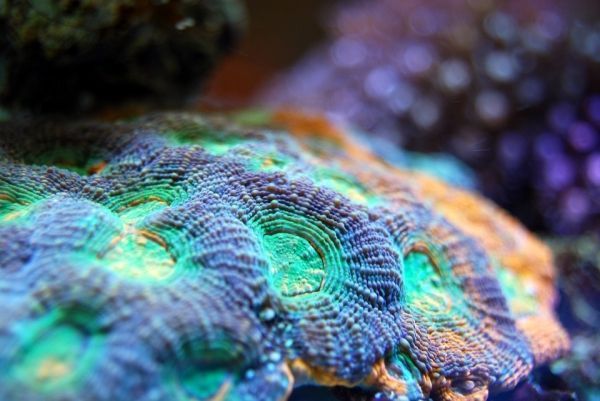Just beyond where conventional scuba divers can go is an area of the ocean that still is largely unexplored. In waters this deep — about 100 to at least 500 feet below the surface — little to no light breaks through.
Researchers must rely on submersible watercraft or sophisticated diving equipment to be able to study ocean life at these depths, known as the mesophotic zone. These deep areas span the world’s oceans and are home to extensive coral reef communities, though little is known about them because it is so hard to get there.
A collaborative research team from the University of Washington, College of Charleston, University of California Berkeley, University of Hawaii and other institutions has explored the largest known coral reef in the mesophotic zone, located in the Hawaiian Archipelago, through a series of submersible dives. There, they documented life along the coral reef, finding a surprising amount of coral living in areas where light levels are less than 1% of the light available at the surface.
Their findings were published this spring in the journal Limnology and Oceanography.
Read more at University of Washington
Photo credit: marcelokato via Pixabay


